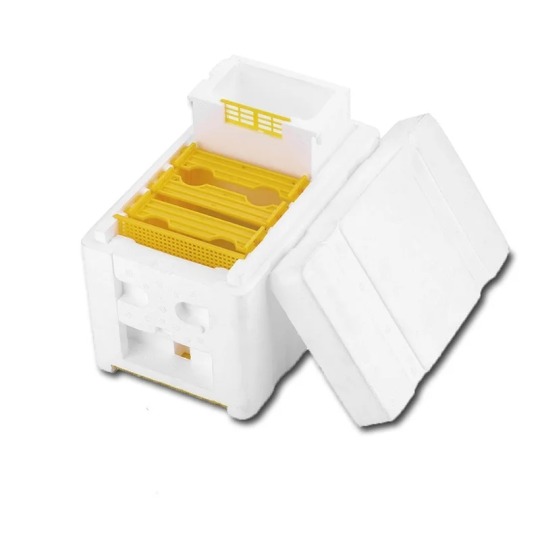"Bee and Comb LLC was founded by Dr. Karén Avetisyan in North Carolina, USA. After 15 years of extensive experience both in science and industry by working for "Multi Agro" Scientific and Production Center as Head of Honey Bee Selection and Breeding Department, Vice General Director of Science in Apiculture and as National Expert of Beekeeping and Honey Production for famous organizations such as the United Nations, USAID, Heifer International, Austrian Development Agency, International Fund for Agricultural Development, UMCOR and as the Director of number of research programs, Karén launched his business in beekeeping to support saving honey bees more effectively.
Don't wanna be here? Send us removal request.
Photo

Buy Bee Queen Rearing (At Reasonable Price) | Bee And Comb
The queen bee is essential to the honey bee colony. Without a queen, colony will not last longer and eventually will die off. For backyard beekeeping, it is recommended to supersede the queen bees for every 2 years. There are many methods of rearing queen bees. The common way of queen bee rearing is through grafting. When grafting applies, the beekeeper needs “mother” colonies, from where he/she should take the larvae and some queenless colonies, where the queen bees should be reared. The beekeeper should utilize up to 1-day old worker bee larva from the “mother” colony and that beehive is usually with desirable traits such as calm and hygienic behavior, honey production, the level of swarm instinct etc. The beekeeper should graft the larvae either into the beeswax cups or plastic cups and put grated frame into the quennless colony for the bees to rear the queens. From the egg to queen emergence is takes 16 days on average. If the beekeeper takes 1-day old larvae for rearing the queen bees, he/she should follow up in about 10 days after grafting buy inserting all queencells into the cages. Otherwise, the queens will emerge and destroy the queen cells or will fight with each other. Larvae grafting can be done with plastic comb special for queen bee rearing. That comb is attached into the general comb and is embedded into the hive. Beekeeper releases the queen onto this isolated comb from where the queen cannot come out and starts laying eggs into the plastic cups. The worker bees can enter the plastic comb and take care of larvae, but the queen cannot go out because she is too big to pass through the comb grids. After queen hatches in all 110 cells, the beekeeper takes plastic cups with larvae and attaches to the grafting frame.
#beekeeping#bees#honey#beekeeper#bee#savethebees#honeybees#honeybee#nature#beesofinstagram#beehive#beekeepers#beekeeperslife#honeycomb#beekeepersofinstagram#apismellifera
1 note
·
View note